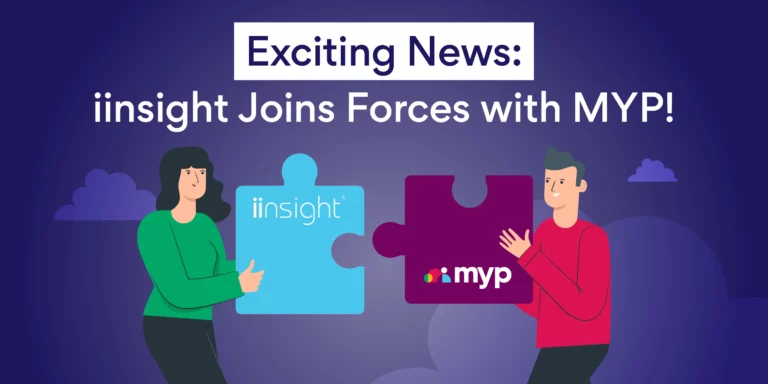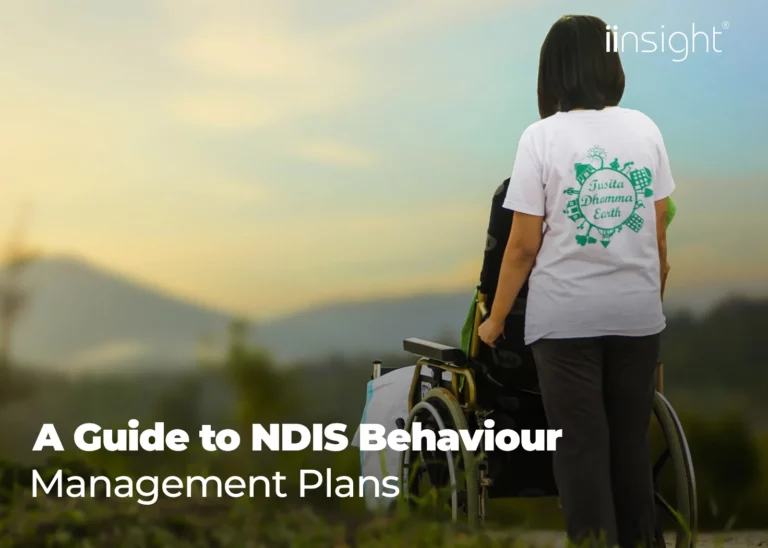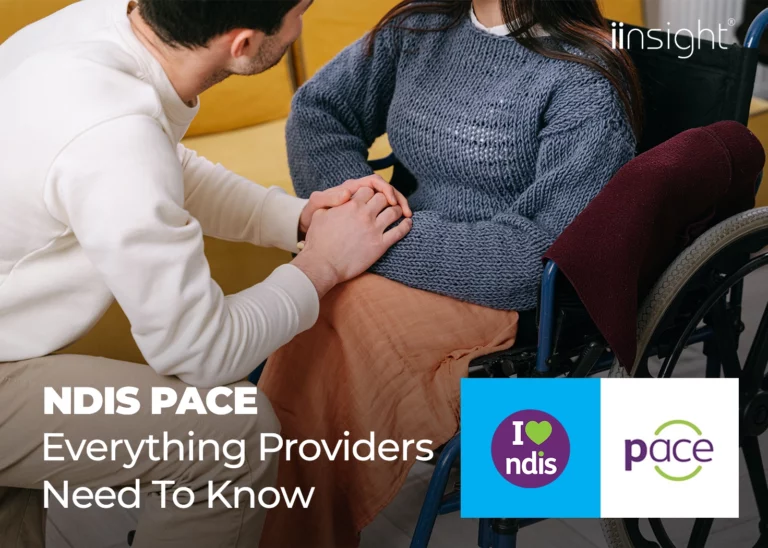On-page SEO, or on-site SEO, refers to the practice of optimising individual web pages to rank higher on search engines and attract more relevant visitors to a website.
The techniques optimise the content, title tags, URLs, meta information, alt tags, external and internal links on your allied health website to let people and Google bots know whether a page is relevant to a specific search.
On-Page SEO Basics For Allied Health Websites
We have touched on some aspects of SEO previously in our blog.
When pages are optimised correctly, they appear in search results and provide insight at a glance into the content contained within.
For example, if you were to search the terms ‘allied health case management template’, you would expect to see an outline of relevant results before you even click through to a page.
In this post, we will look at the on-page SEO basics to get you started.

1. Write Valuable Content
Your starting point for ranking on search engines should always be to publish unique, helpful content that provides value to your intended audience. As an allied health expert, you’re a source of useful, health-related information that people want to know about and search for online.
2. Format Pages So They Are Easy To Read
As a general rule of thumb for easy screen reading, avoid writing in large chunks of text. You should also keep sentences on the shorter side so that readers can easily absorb the information you provide.
Where it makes sense to do so, use headings, bullet points, and numbering to break up the text into easily digestible sections.
Keep in mind that a large portion of your readers accesses pages from their mobile, so you need to ensure that your website is mobile responsive as well.

3. Place Keywords In Optimal Places
Google analyzes web pages to find keywords that identify what it’s about. To simplify this, there are several best practices for keyword positioning within the text.
As an overview, place your keyword:
- Within the first 100 words of your text – the closer to the beginning the better
- In the page or blog post’s main H1 title
- In a sub H2 heading
- A few times naturally throughout the text so that Google knows it’s important
- BUT don’t stuff the text with the keyword
- Within the meta-description
- In the page URL
- As an image alt tag
- In the SEO title
4. Ensure Fast Web Page Loading Speeds
This applies to both mobile as well as desktop views; the algorithm ranks web pages based on their loading speeds to deliver the best experience to its users.

5. Use External and Internal Page Linking
Links to external, high-authority sites tell Google that your own is an information hub with well-researched content published on it.
Internal links to other pages on your site provide relevant navigational guidance to people exploring your content. It also signals relevancy to search engines and helps to give lower ranking pages a boost.
Boost Your Online Presence With Optimisation
We regularly share tips like these on-page SEO basics to boost your online presence, so keep checking back to our blog for more.
If you would like to know more about iinsight, our cloud-based case management software trusted by thousands of allied health professionals, get in touch. We offer a free 14-day trial, no credit card required.












